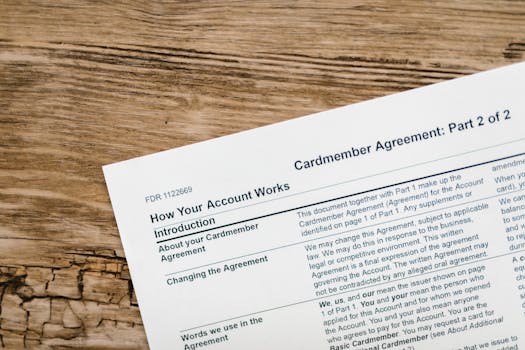
Mastering the Art of Effective Communication: A Comprehensive Guide
Communication is the bedrock of human connection. From navigating personal relationships to excelling in professional settings, effective communication is a cornerstone of success. This guide delves into the multifaceted nature of communication, exploring its various forms, techniques, and potential pitfalls. We will equip you with practical strategies to enhance your communication skills, fostering deeper understanding, stronger relationships, and greater professional achievements.
Understanding the Fundamentals of Communication
Before diving into advanced techniques, it's crucial to grasp the fundamental elements that underpin effective communication. This includes:
Clarity and Conciseness: Your message should be easily understood and delivered in a direct, to-the-point manner. Avoid jargon, unnecessary details, or ambiguous language. Precise wording and well-structured sentences are key to clarity.
Active Listening: Truly listening goes beyond simply hearing words. Active listening involves paying attention not only to the spoken words but also to the speaker's tone, body language, and underlying message. Paraphrasing and asking clarifying questions demonstrate genuine engagement and encourage deeper understanding.
Nonverbal Communication: Body language, facial expressions, and tone of voice often convey more than words themselves. Maintaining eye contact, using appropriate gestures, and projecting a confident posture all contribute to effective communication. Be mindful of your nonverbal cues and ensure they align with your message.
Emotional Intelligence: Recognizing and managing your own emotions, as well as understanding and responding to the emotions of others, is vital in communication. Emotional intelligence allows you to tailor your message to the specific emotional context and fosters empathy and connection.
Cultural Awareness: Communication styles and expectations vary across cultures. Understanding cultural norms and sensitivities is crucial for successful cross-cultural interactions. Avoid making assumptions and be respectful of diverse perspectives.
Mastering Different Forms of Communication
Communication takes many forms, each requiring specific strategies:
Written Communication: From emails and reports to social media posts and articles, written communication demands precision, clarity, and professionalism. Pay attention to grammar, spelling, and tone to ensure your message is well-received.
Verbal Communication: Whether it's a casual conversation or a formal presentation, verbal communication relies on clarity, appropriate pace, and engaging delivery. Speak confidently and maintain eye contact to project authority and build rapport.
Visual Communication: Visual aids such as charts, graphs, and presentations can dramatically enhance understanding and engagement. Utilize visuals strategically to support and illustrate your message, avoiding cluttering or overwhelming the audience.
Nonverbal Communication: This includes body language, facial expressions, and tone of voice. Pay close attention to your nonverbal cues and ensure they align with your verbal message. A confident posture and maintained eye contact can often convey more than words themselves.
Overcoming Communication Barriers
Effective communication isn't always seamless. Understanding and addressing potential barriers is crucial for success.
Language Barriers: When communicating with individuals who speak different languages, use clear, concise language and consider using translation services.
Cultural Differences: Be aware of cultural norms and sensitivities when communicating across different cultures.
Emotional Barriers: Identify and address your own emotional barriers, and strive to empathize with the other person's perspective.
Distractions and Noise: Be aware of potential distractions and noise that might interfere with communication, such as loud noises or interruptions.
Practical Strategies for Enhanced Communication
Implementing the following strategies can significantly improve your communication skills:
Active Listening Exercises: Practice active listening by focusing on the speaker, asking clarifying questions, and paraphrasing their message.
Nonverbal Communication Awareness: Pay attention to your own body language and the nonverbal cues of others. Adjust your communication style to match the situation.
Constructive Feedback Techniques: Give and receive feedback in a respectful and constructive manner. Focus on specific behaviors and suggest improvements.
Empathy and Perspective-Taking: Strive to understand the other person's perspective, and tailor your communication style to meet their needs.
Conclusion
Effective communication is an essential skill for personal and professional success. By mastering the fundamental elements, understanding different forms of communication, and overcoming potential barriers, you can build stronger relationships, achieve greater professional accomplishments, and navigate life's interactions with confidence and ease. Practice regularly, and you'll unlock the transformative power of clear, concise, and empathetic communication.



Post a Comment